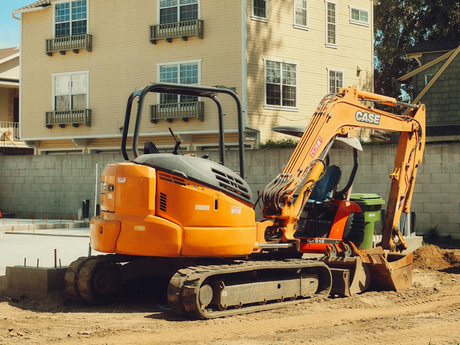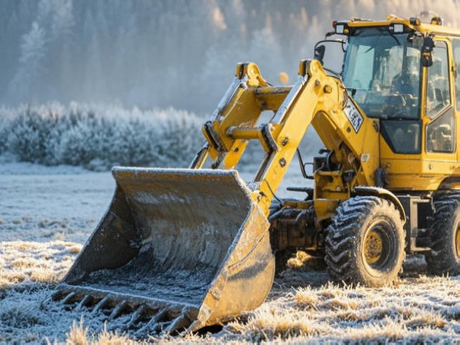|
In various infrastructure and construction projects, excavators serve as core equipment whose operational proficiency directly impacts project progress and equipment lifespan. To assist operators in mastering key techniques across different working conditions, the following systematically outlines operational skills for excavators in multiple scenarios.
Before commencing work, operators must thoroughly assess the construction environment. Particular attention should be paid to surrounding obstacles and terrain conditions during slewing operations to ensure adequate safety distances. Maintain full track contact with the ground throughout operation to preserve machine stability and prevent overturning or collisions. Additionally, avoid positioning the final drive directly facing the excavation direction to prevent damage to the travel motor and hoses. Maximum digging force is achieved when the bucket cylinder, link, and stick form an approximate 90-degree angle. Soil cutting resistance is minimized when bucket teeth maintain a 30-degree angle with the ground. Coordinated use of the boom, stick, and bucket significantly enhances digging efficiency during actual operation. Directly excavating rock with the bucket causes equipment wear and should be avoided whenever possible. For fractured rock formations, adjust the machine's position according to the direction of cracks to allow bucket teeth to penetrate fissures for breaking operations. For solid rock masses, perform preliminary breaking before loading. When performing surface grading, ensure the machine is positioned on stable ground and coordinate the speeds of the boom and stick. Maintaining a steady, well-coordinated operating rhythm is crucial for ensuring both grading quality and construction efficiency.
During loading, position the excavator on stable, level ground to prevent unstable slewing. Maintain adequate clearance between the machine and truck to avoid rear collisions. Left-side slewing for loading provides superior visibility and efficiency. Follow the “fine material first, coarse material last” loading sequence to minimize impact on the truck bed. When working on soft ground, control the excavation area to prevent collapses or machine sinking. During water operations, strictly limit water depth to no more than the height of the track roller center to avoid water ingress causing issues like poor slewing ring lubrication or electrical short circuits. Use high-strength lifting gear and specialized attachments for hoisting tasks. Perform movements steadily; rapid operations are strictly prohibited. Maintain moderate sling lengths to minimize sway and enhance control precision. Personnel must stay clear of the lifting zone to prevent accidents. Preserving machine balance not only boosts efficiency but also extends equipment lifespan. Positioning the drive sprocket rearward enhances stability; keep digging points near the machine's center to avoid instability caused by forward weight shift. Forward digging is preferable to sideways operation, ensuring both safety and balanced power output. Through scientifically sound operating practices, excavators can maintain high efficiency in complex conditions while significantly reducing mechanical wear and extending overall service life. This provides more stable and reliable equipment support for construction projects.
|





























